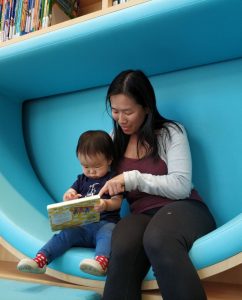Do you struggle to find bilingual books with Traditional Cantonese characters?
And when you finally find one that looks perfect, you can’t buy it locally. You have to get it shipped from Hong Kong or Taiwan (and it’s so expensive). Sometimes you have to order it direct from the publisher, but they won’t sell unless you place an order for at least 20 copies.
But you’ve got plenty of English books at home. You figure it won’t be too hard to translate a few of them yourself. After all, there’s things like Bing or Google Translate these days.
Four hours later, you’re still halfway through translating the English books your children love into standard written Chinese.
And then–after you’ve spent your whole weekend carefully sticking post-it notes with your translation next to the original English text–your children find it hard to stay engaged and interested when you read the book together. You constantly have to stop in the middle of the story to look up Chinese characters one by one in a dictionary, or to explain what a particular phrase means since standard written Chinese so different to spoken Cantonese.
Worst of all, you can tell that your children aren’t having fun.
Reading Chinese books is confusing and frustrating for them. It’s something they do because you insist on it, but they would rather be reading The Cat in the Hat or their other English books instead.
It’s hard to stay motivated when you might not even be fluent in Cantonese yourself–especially if no one else in your household speaks Cantonese.

My name is Deborah and I know exactly how you feel.
So many of the bilingual books out there are written for Mandarin speakers, or assume you can read and write fluently–and I can’t even read the Chinese menu in a restaurant.
I want to read in Chinese with my daughter–without feeling like we were reading through a vocabulary list, without needing a dictionary and without having to stop every five seconds to explain why we would say it differently in Cantonese from how it was written in Traditional Chinese characters on the page.
I want her to fall in love with the stories as much as any of her English children’s classics.
I want those stories to be captivating and to foster her imagination–with vivid characters going on emotional journeys that she can empathise with.
As you know, it was rather difficult to find Chinese books with these kinds of stories.
So I wrote one of my own.
Be the first to know about new bilingual books!
We’ll only use your e-mail address to send you newsletters and information about our bilingual books. You can unsubscribe at any time using the link in the newsletter.
